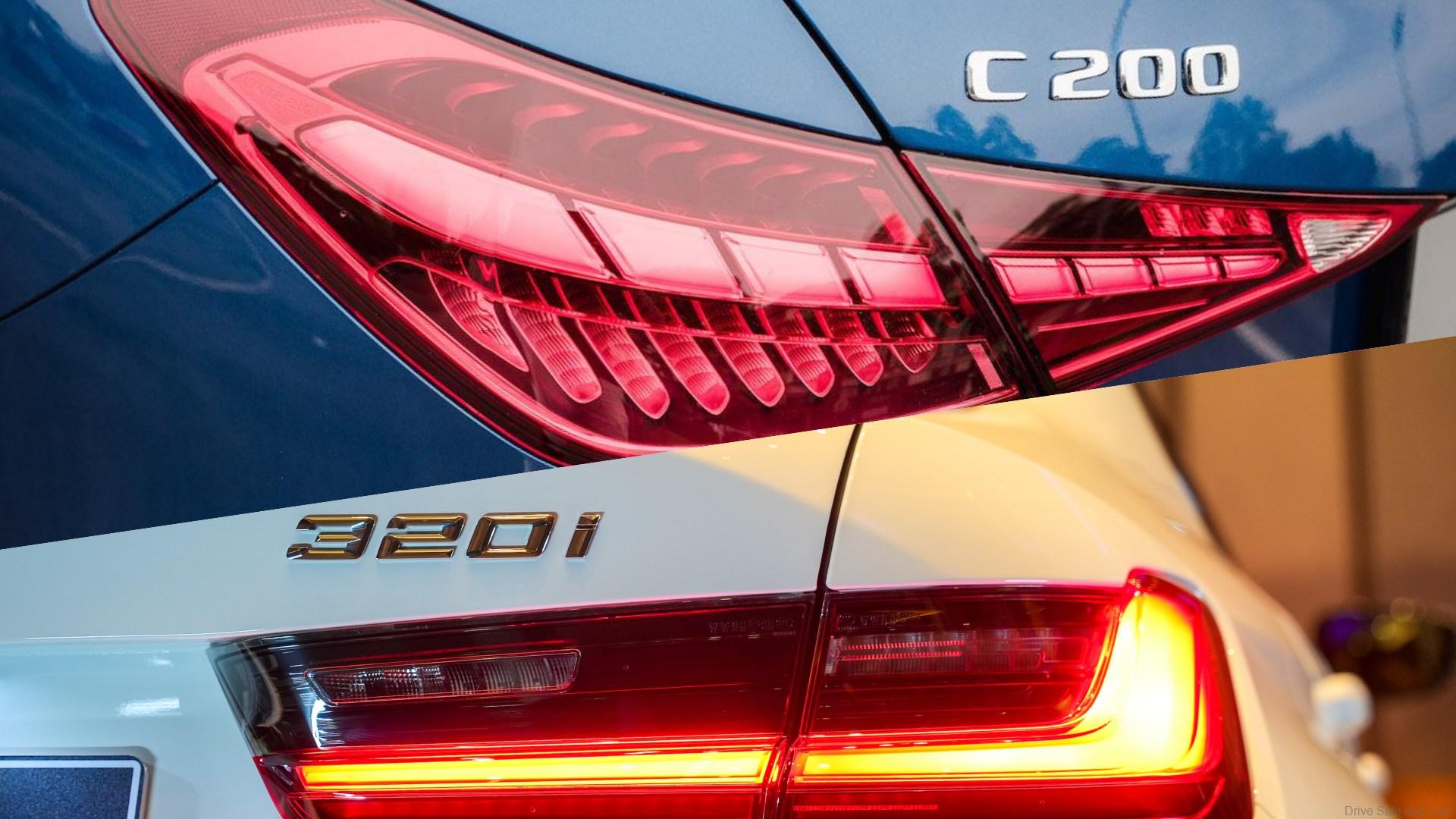Which base model compact executive does it better? The Mercedes-Benz C-Class or the BMW 3 Series?
The battle of the compact executive is one that interests car enthusiasts and many buyers in Malaysia as well. Last year, Mercedes-Benz Malaysia introduced a new generation of the C-Class, with the CKD models coming in August 2022.
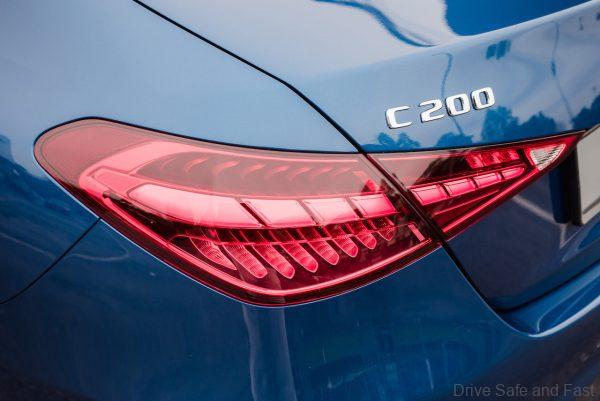
Last week, BMW Malaysia responded with the mid-cycle refresh of their 3 Series, all locally-assembled right away. Today, we’ll put the most affordable variants of both the C-Class and 3 Series head to head to give you an idea of which is the better buy.
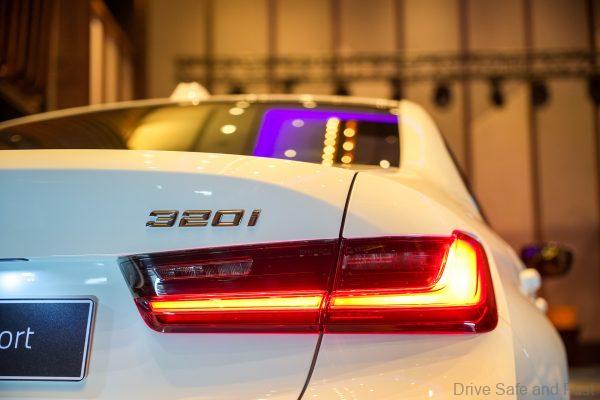
Value
Let’s start with a general overview of the value proposition of both these premium German sedans.
Mercedes-Benz Malaysia’s strategy with the C-Class is to introduce a smaller displacement engine but make the difference up in power by pairing it up with an electric motor. That makes the C200 a mild hybrid vehicle that does not require charging. It also means that the annual road tax is 76% lower than with BMW’s offering at RM90. It’s also worth noting that Mercedes-Benz Malaysia offer the C200 with a standard 4-year warranty with no mileage cap. It’s also worth noting that there are just 2 variants of the C-Class for now and they differ vastly in terms of their powerplant and equipment. The Mercedes-Benz C200 Avantgarde starts at RM287,888.
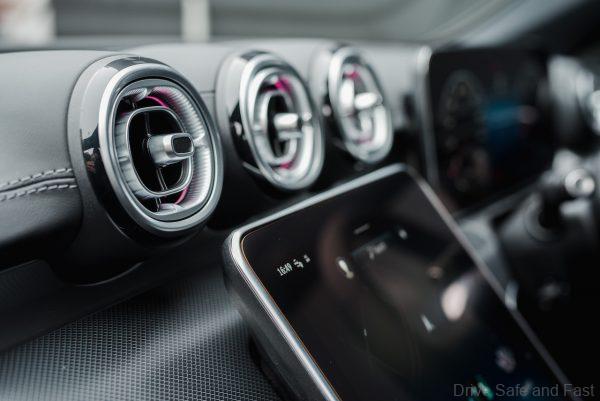
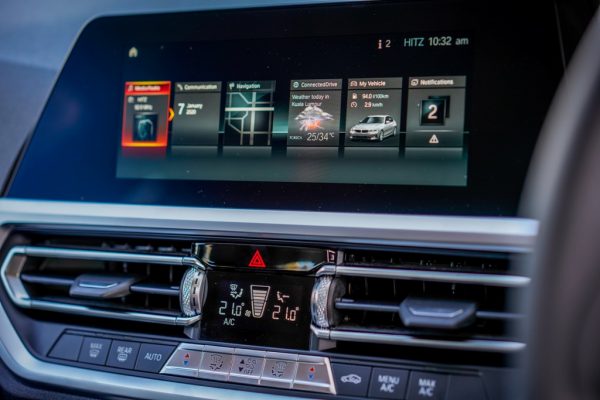
BMW Malaysia’s strategy with the 3 Series is to offer many variants, all with the same 2-litre 4-cylinder twin power turbo engine in different configurations and power outputs. In the least expensive variant, the 320i’s engine is not electrified and has the lowest output. Annual road tax is RM379. The biggest difference between the 3 variants launched is in the powertrain as they all come with the M Sport kit and the same rims. BMW also gives the consumer the option of taking a 2-year warranty, which drops the price to RM263,600. On a 5-year warranty with free maintenance (which most Malaysians should and probably will take), the price of the 320i M Sport jumps back up to RM283,800.
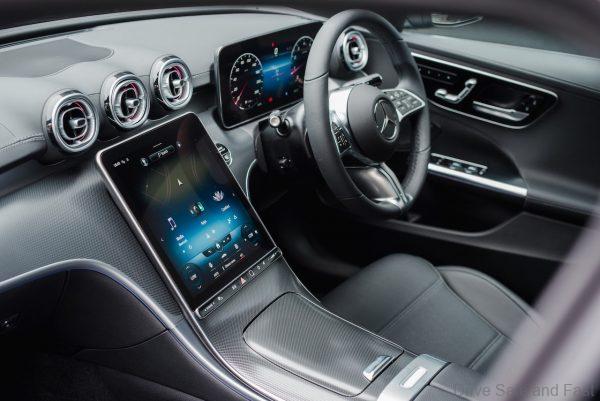
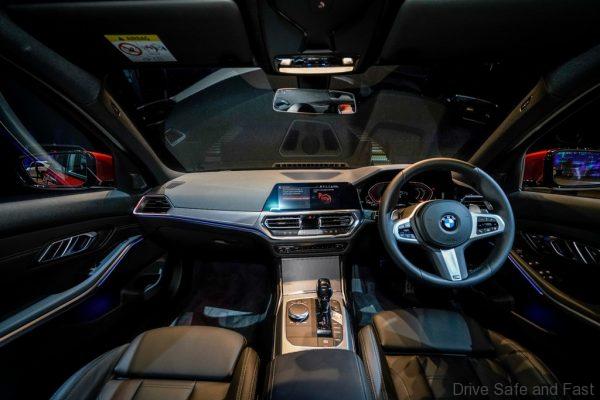
Despite winning big on the road tax front, the 3 Series beats the C-Class in terms of pricing, which is still RM4,000 cheaper despite an additional year of warranty coverage and 5-years of free maintenance.
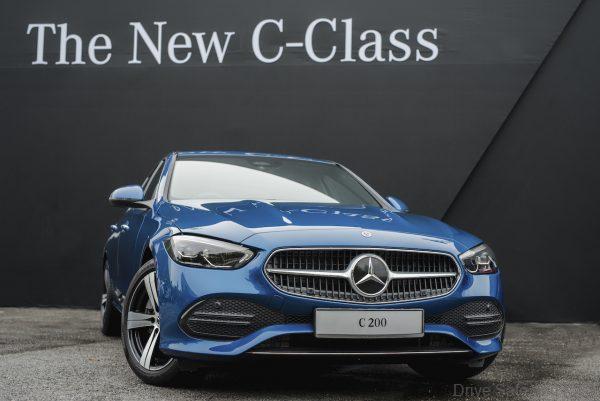
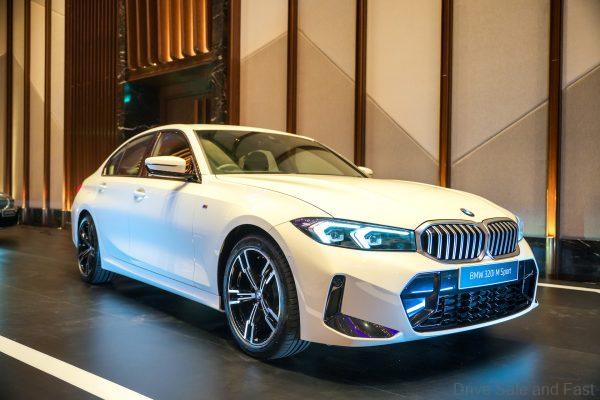
Dimensions
Another comparison would be the dimensions of both vehicles.
| C200 | 320i | |
| Length (mm) | 4751 | 4709 |
| Width (mm) | 1820 | 1827 |
| Height (mm) | 1437 | 1435 |
| Wheelbase (mm) | 2865 | 2851 |
| Track, front/rear (mm) | 1601/1613 | 1589/1604 |
| Turning Circle (m) | 11.1 | 11.4 |
| Fuel Tank (l) | 57 | 59 |
| Weight (kg) | 1650 | 1570 |
| Boot Capacity (l) | 455 | 480 |
In this comparison, the Mercedes-Benz C200 has an overall longer length (0.9%) and wheelbase (0.49%), while having a tighter turning circle (2.7%).
The BMW 320i is wider (0.38%) yet lighter (5.1%) and has a larger boot (5.5%) and fuel tank (3.5%). The difference in weight and boot size are particularly noticeable given these two are in the same class.
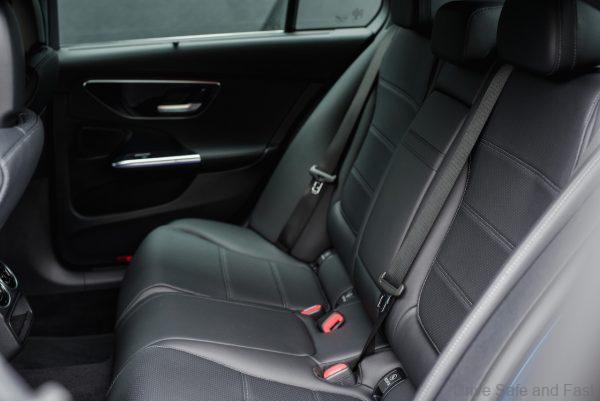
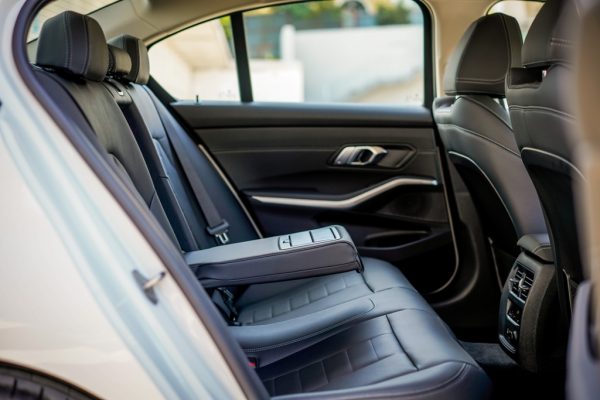
Performance
You can’t have a comparison between compact executives without talking about performance. Despite being direct competitors, Mercedes-Benz’s offering is now a hybrid as its base model while BMW soldiers on with the 2.0L turbocharged petrol.
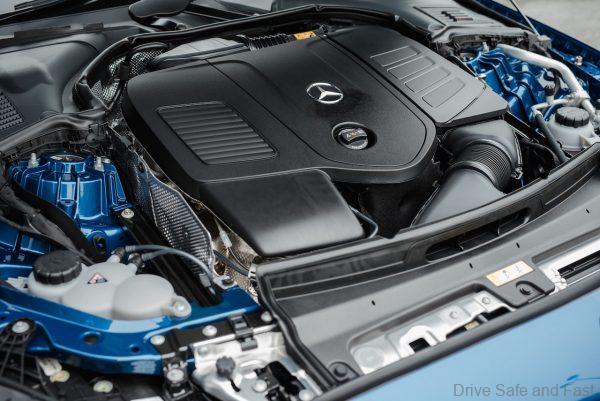
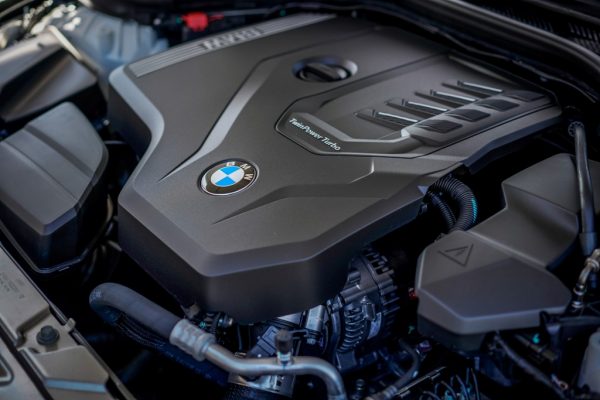
The results of adding a hybrid system is a smaller 1.5L turbocharged petrol engine can be fitted in the C200. However, the 1.5L in the C200 is tuned for more power and as much torque as the 2.0L in the 320i, even before factoring in the electric motor’s output. Unfortunately, the additional weight of the hybrid system results in a slower 0-100km/h acceleration time, but its top speed is noticeably higher. Emissions and fuel consumption between the two vehicles are virtually identical.
| C200 | 320i | |
| Layout | Inline 4 | Inline 4 |
| Type | Turbocharged Petrol Hybrid | Turbocharged Petrol |
| Displacement (cc) | 1496 | 1998 |
| Engine Output (kW) | 150 @ 5800-6100 | 135 @ 5000-6500 |
| Add. E Motor Output (kW) | 15 | – |
| Engine Torque (Nm) | 300 @ 1800-4000 | 300 @ 1350-4000 |
| Add. E Motor Torque (Nm) | 200 | – |
| Transmission | 9G-Tronic | 8-Speed Steptronic |
| 0-100km/h (s) | 7.3 | 7.1 |
| Top Speed (km/h) | 246 | 235 |
| WLTP Combined Fuel Consumption (l/100 km) | 7.2-6.3 | 7.2-6.3 |
| WLTP CO2 Emissions (g) | 163-143 | 163-142 |
Equipment
In terms of equipment, the C200 is fitted with the Avantgarde kit while 320i comes to Malaysia with the M Sport package. While looks are subjective, the 3 Series base model looks a lot like the more expensive variants save for the absence of the blue brake calipers. That being said, the Mercedes has its three-pointed star projected under the side view mirrors. The rims and headlight packages of the C200 and 320i are comparable.
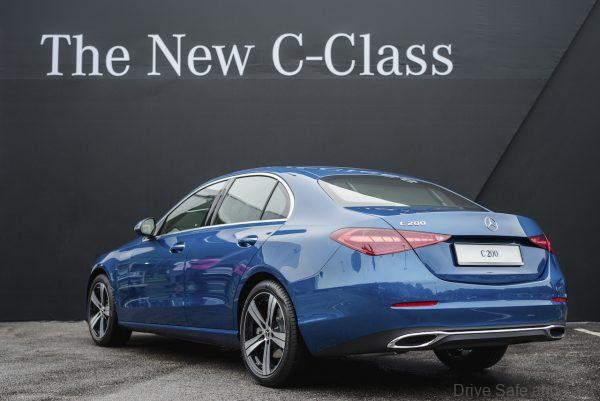

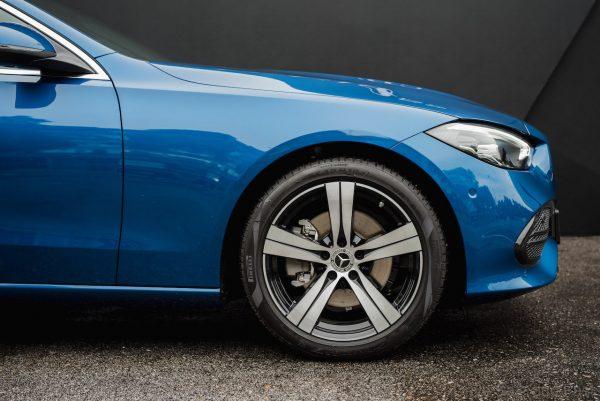
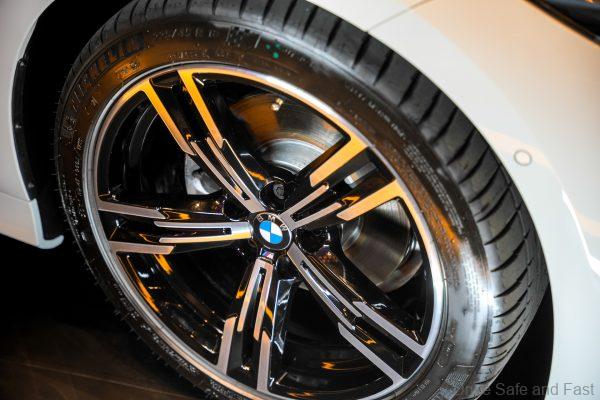
Inside, Mercedes-Benz has opted to upholster the C200 in Artico man-made leather that imitates Nappa leather in look while being durable and low maintenance. Additionally, Mercedes-Benz gives customers the option of either black or Sienna Brown for their interior. BMW has gone the other direction by equipping the 320i with genuine Vernasca leather, which isn’t their highest grade of genuine leather but is coated for durability and low maintenance. The 320i is only available with a black interior. Mercedes-Benz offers more options, but neither company has a clear win here.
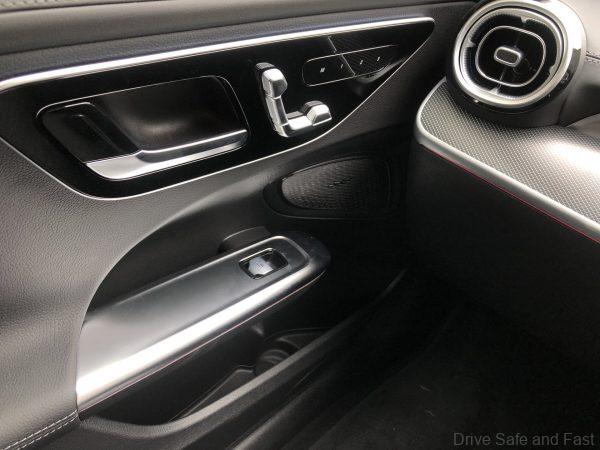
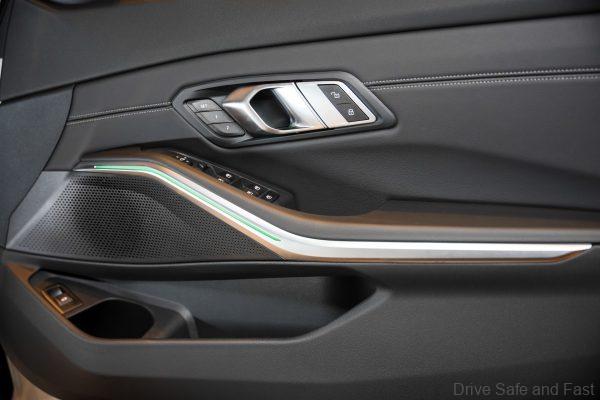
In terms of displays, both Mercedes-Benz and BMW have made a 12.3″ digital instrument cluster standard. The major difference is that the BMW’s display panel is curved and joins up with a larger 14.9″ infotainment system. The Mercedes-Benz infotainment screen is smaller at 11.9″ and is portrait-oriented this time around. While size does matter, it should be noted that the C200’s infotainment system integrates a fingerprint scanner to quickly identify who’s in the driver’s seat and make the necessary profile adjustments. What’s more, the C200 comes with 8 speakers while the 320i comes with just 6 speakers. Both cars come with Android Auto, Apple CarPlay and wireless phone charging. Again, there are pros and cons for both with no clear win.
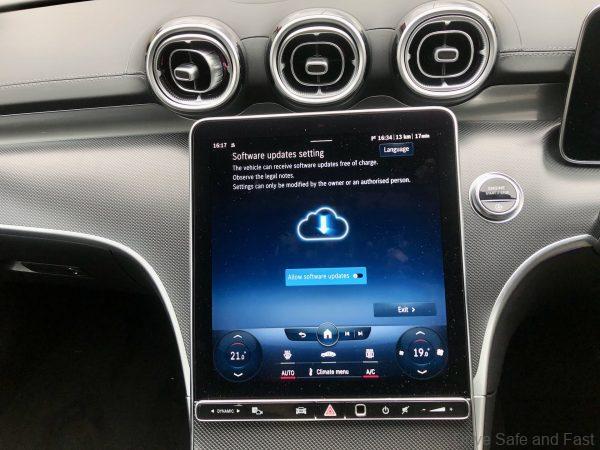
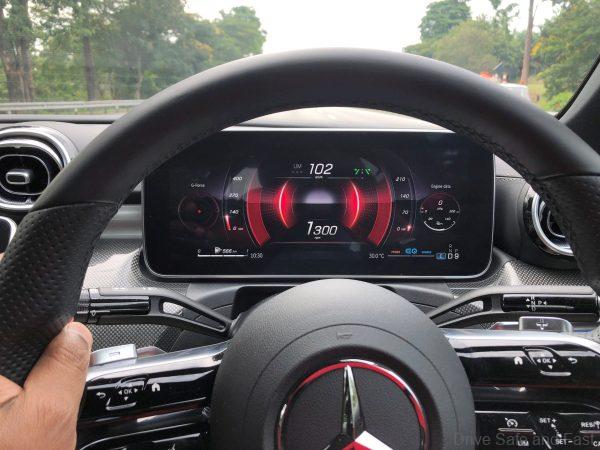


In terms of occupant comfort, here too the two companies battle it out in their own way. Both cars come with rear air cond vents but only the 320i’s rear passengers get their own independent auto climate control zone. To compensate, C200 passengers get velour mats and an automatic sun blind for the rear window with manual roll-up blinds for the rear side windows. Again, no clear win.

In terms of advanced driver assist systems, the C200 comes with:
- Active Blind Spot Assist
- Lane Tracking Package
- Active Lane Keeping Asssist
- Active Brake Asssist
- Parking Package
- Reverse Camera
- Active Parking Assist with Parktronic
- Passive Cruise Control
The 320i comes with:
- Lane Departure Warning
- Lane Change Warning
- Front Collision Warning
- Rear Cross Traffic Warning
- Rear Collision Warning
- Speed Limit Info
- Parking Assistant with Park Assist
- Active Park Distance Control
- Lateral Parking Aid
- Reversing Assist Camera
- Passive Cruise Control with Braking function
Essentially, both have similar core features, neither have Level 2 autonomous driving features. BMW slightly edges out the Mercedes here thanks to Rear Cross Traffic Warning and Rear Collision Warning as well as the braking function on its cruise control.


